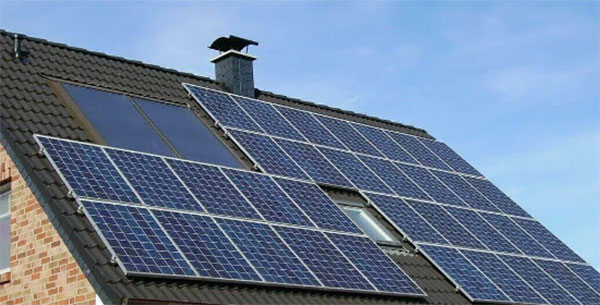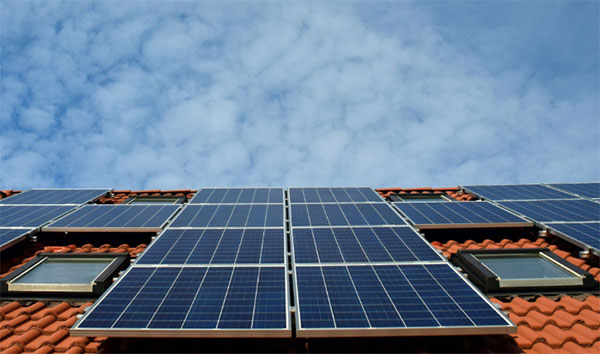Description
Whether to install solar panels on the roof or ground depends on space, budget, energy needs, and property characteristics.
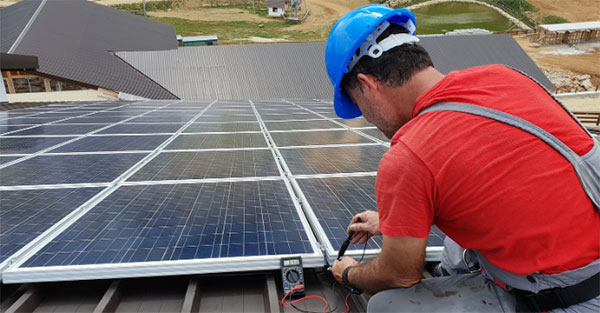
Technical Aspects of Solar Panel Installation
Structural Requirements for Roof Installations
Installing solar panels on the roof requires a thorough assessment of the roof's structural integrity. The average solar panel weighs about 40 pounds and covers an area of approximately 17.6 square feet. Therefore, it's crucial to ensure the roof can support this additional weight.
The ideal roof for solar panel installations should be relatively new, with a life expectancy exceeding the solar panel's lifespan, typically around 25 to 30 years. Materials such as asphalt shingles or metal are preferred due to their durability and ability to support the panels.
Ground Installation: Foundation and Support Systems
For ground installations, the focus shifts to building a robust foundation and support system. This involves installing concrete foundations or ground screws, which should be engineered to withstand environmental stressors like wind and snow load.
The cost of ground installations is generally higher than rooftop installations, mainly due to these additional structural requirements. Ground systems offer easier access for maintenance and potential expansion but require ample space, which may not be feasible for all property owners.
Solar Panel Orientation and Angle: Roof vs. Ground
The orientation and angle of solar panels significantly affect their efficiency and energy output. For optimal performance in the Northern Hemisphere, panels should face south at an angle equal to the latitude of the location. Rooftop installations are sometimes limited by the roof's orientation and pitch. In contrast, ground-mounted systems offer more flexibility in orientation and angle adjustment, potentially leading to higher efficiency.
Efficiency gains from optimal angling can range from 10% to 25%, depending on the location.
Key factors influencing solar panel performance include the panel's quality, the inverter's efficiency, and environmental conditions like shading and temperature. High-quality monocrystalline panels, though more expensive, typically offer better efficiency and a longer lifespan. Inverter technology, converting DC to AC power, also plays a critical role in overall system efficiency, with modern inverters achieving efficiencies over 95%.
The cost of solar panel installations varies widely based on factors like location, panel type, and system size. As of my last update, residential solar panel systems cost between $3 to $5 per watt, making a typical 6kW system cost around $18,000 to $30,000 before tax credits and incentives. However, these costs are offset by long-term energy savings and potential government incentives.
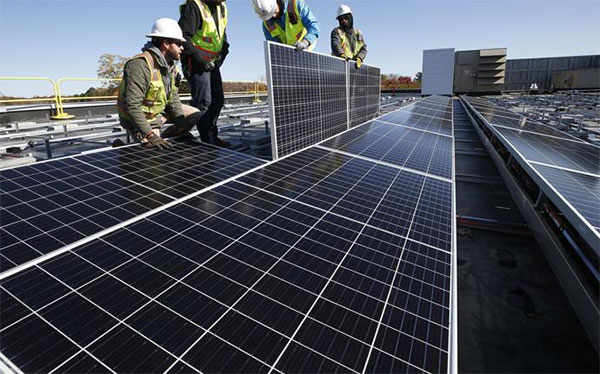
Environmental Factors Affecting Solar Panel Performance
Effects of Weather Conditions on Different Installations
Weather conditions play a crucial role in the performance of solar panels. Solar panels convert sunlight into electricity, and their efficiency can be significantly impacted by weather patterns.
- Sunlight Exposure: Solar panels achieve optimal performance in direct sunlight. On a clear day, a typical solar panel can produce about 250-400 watts per hour. However, on cloudy days, production can drop by 25% to 40%.
- Temperature: Contrary to popular belief, solar panels are more efficient in cooler temperatures. High temperatures can reduce panel efficiency by 0.25% to 0.5% per degree Celsius above 25°C.
- Snow and Rain: Snow can block sunlight, reducing power generation. However, light rain can be beneficial as it cleans the panels, potentially increasing efficiency by removing accumulated dust and debris.
Assessing the Impact of Shading in Rooftop and Ground Settings
Shading is a significant factor that can adversely affect solar panel efficiency.
- Rooftop Installations: These are often more susceptible to shading due to surrounding buildings and trees. Even partial shading can lead to a significant drop in energy output. A shaded panel can experience a 50% to 80% decrease in efficiency.
- Ground Installations: These typically have more flexibility to avoid shading, but it still can be a concern depending on the layout of the land and nearby structures or trees.
Key considerations for both types of installations include careful planning of the panel layout and using microinverters or power optimizers. These technologies allow each panel to operate independently, reducing the impact of shading on the overall system.
Cost Implications: Mitigating shading and weather effects can involve additional costs. For instance, automated tracking systems for ground installations, which adjust the panel angle to follow the sun, can increase system costs by 10% to 25%.
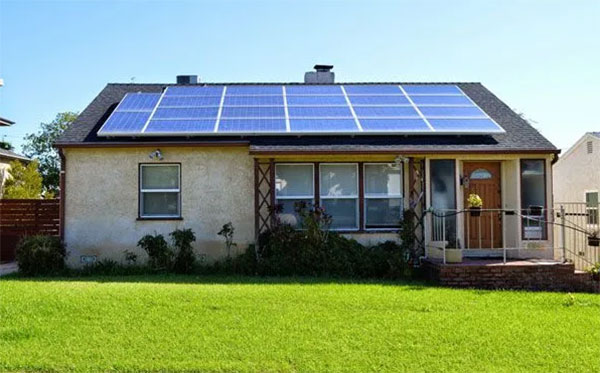
Comparison of Rooftop and Ground-Based Solar Panel Installations
| Aspect |
Rooftop Installations |
Ground-Based Installations |
| Space Utilization |
?Utilizes unused rooftop space.
Limited by roof size and shape. |
Requires significant land area.
More scalable to larger sizes. |
| Maintenance Considerations |
More challenging to access for maintenance.
Risk of roof damage. |
?Easier to access and maintain.
Less risk to existing structures. |
| Impact of Location on Efficiency |
Efficiency can be limited by roof orientation and angle.
May be affected by shading from nearby buildings or trees. |
Offers flexibility in orientation and angling for optimal sun exposure.
Can be strategically placed to minimize shading. |
Space Utilization: Rooftops vs. Ground Areas
Rooftop installations are an excellent option for space conservation, using areas that are otherwise unutilized. However, they are often constrained by the size and layout of the roof, which can limit the total power output. The average residential rooftop installation produces about 3-7 kilowatts, depending on roof size and panel efficiency.
Ground installations, on the other hand, require a significant amount of land. They are more suitable for commercial or utility-scale solar projects where space is not a limiting factor. These installations can range from small 10-kilowatt systems to large-scale projects exceeding multiple megawatts.
Maintenance Considerations for Different Installations
Rooftop systems can be more challenging to maintain due to their inaccessibility. This can increase the cost and complexity of maintenance tasks. Additionally, there's a risk of damaging the roof during installation or maintenance.
Ground-based systems are more accessible, making maintenance tasks easier and potentially cheaper. They also avoid the risk of roof damage, which is a significant consideration for rooftop installations.
Impact of Location on Solar Efficiency
The
efficiency of rooftop solar panels can be limited if the roof does not have the ideal orientation or angle towards the sun. This limitation can reduce the overall energy output of the system.
Ground-based installations, in contrast, offer more flexibility in terms of orientation and angle, which can be optimized for maximum sun exposure throughout the year. This flexibility often results in higher efficiency and energy output.
Cost Analysis and Economic Considerations
Initial Installation Costs: Roof vs. Ground
The
initial installation costs of solar panels can vary significantly between rooftop and ground-based systems.
- Rooftop Installations: The average cost ranges from $15,000 to $25,000 for a standard residential system, equating to about $3 to $5 per watt. This cost includes panels, inverters, mounting hardware, wiring, and installation labor. Rooftop installations can be more cost-effective due to fewer structural requirements and the use of existing space.
- Ground-Based Installations: These systems typically have higher initial costs, ranging from $20,000 to $30,000 for a similar-sized system. The increased cost is due to additional requirements for mounting structures, cabling, and possible land preparation.
The choice of materials and technology also impacts the cost. Monocrystalline panels, known for higher efficiency, are more expensive than polycrystalline panels. The inclusion of tracking systems to optimize solar exposure in ground installations can further increase the cost.
Long-Term Financial Benefits and ROI Comparisons
Long-term financial benefits and the return on investment (ROI) of solar installations depend on various factors like energy savings, system lifespan, and maintenance costs.
- Rooftop Installations: Typically offer a shorter payback period due to lower initial costs. The average ROI period is around 7 to 10 years. Over a system's lifetime, which can be 25 to 30 years, homeowners can expect significant savings on electricity bills.
- Ground-Based Installations: Although they have a higher initial cost, they can generate more power due to optimal placement and angling. This can lead to higher long-term savings, though the ROI period might be slightly longer.
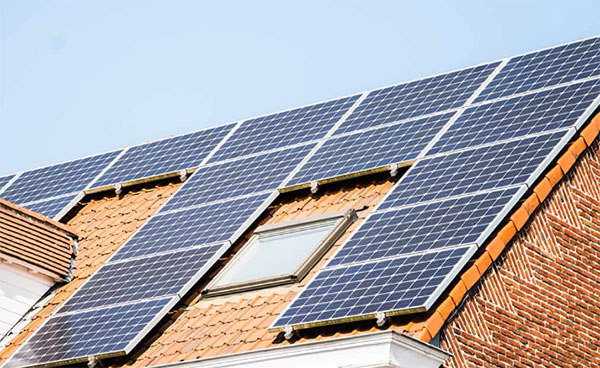
Regulatory and Zoning Considerations
Understanding the regulatory and zoning considerations is crucial for both rooftop and ground-based solar panel installations. These factors can significantly impact the feasibility, design, and cost of solar projects.
Building Codes and Regulations for Rooftop Installations
Rooftop solar installations are subject to a variety of building codes and regulations, which can vary greatly depending on the location.
- Structural Requirements: Most regions require a structural assessment to ensure the roof can support the additional weight of the solar panels. This is particularly important for older buildings.
- Fire Codes: Solar installations must comply with fire safety regulations, including clear access pathways for firefighters and specific panel placement rules.
- Electrical Standards: Adherence to electrical codes is mandatory to ensure safe operation. This includes proper wiring, use of compatible equipment, and safe installation practices.
- Historic Districts: In historic districts, there may be additional restrictions or requirements to preserve the aesthetic integrity of the area.
- Permitting Process: The permitting process can be complex and time-consuming, often requiring detailed plans and compliance checks.
Zoning Laws and Permissions for Ground-Based Installations
Ground-based solar installations often face different regulatory challenges, mainly related to zoning and land use.
- Land Use Restrictions: Some areas may have restrictions on land use, which can limit or prohibit the installation of ground-based solar panels.
- Environmental Impact: Larger ground installations may require environmental impact assessments to ensure they do not adversely affect local ecosystems or wildlife.
- Visual Impact: Ground installations can be subject to regulations concerning their visual impact, especially in residential areas or near scenic locations.
- Utility Regulations: When connecting to the grid, there are often specific requirements set by utility companies, including size limitations and grid interconnection standards.
- Agricultural Land: Using agricultural land for solar installations can be particularly challenging, as it often involves navigating both zoning and agricultural regulations.
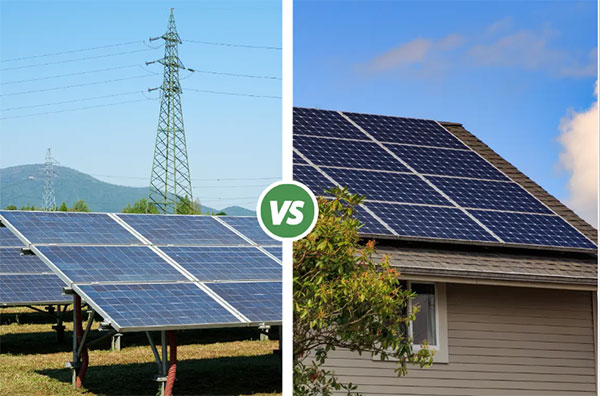
Performance and Efficiency Comparisons
Energy Output: Rooftop vs. Ground-Mounted Panels
Rooftop solar panels often face limitations in terms of alignment and spacing, which can impact their energy output. The average residential rooftop solar system produces between 3 to 7 kilowatts of power. However, this output heavily depends on factors like roof orientation, tilt angle, and shading.
Ground-mounted solar panels, conversely, offer greater flexibility in terms of orientation and positioning for optimal sun exposure. This can lead to higher efficiency and energy output. A well-designed ground-mounted system can produce approximately 10 to 20% more energy than a similarly sized rooftop system under ideal conditions.
Longevity and Durability of Different Installation Types
Rooftop installations typically match the durability of the solar panels themselves, which have a lifespan of about 25 to 30 years. The primary concern for rooftop systems is the condition of the roof itself; a roof nearing the end of its life might need replacement before the solar panels.
Ground-mounted systems are generally more durable, as they are not subject to the same structural limitations as rooftops. They are designed with robust materials to withstand environmental stressors, extending their lifespan. Furthermore, easier access for maintenance can contribute to their longevity.






